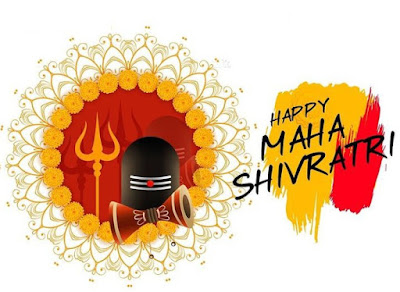Maha Shivaratri is a festival that is dedicated to the worship Lord Shiva on the 13th or 14th day of the month of Maagha or Phalguna. It is a night dedicated to the worship of the God, Lord Shiva.
The Maha Shivaratri is mentioned in several Puranas, particularly the Skanda Purana, Linga Purana and Padma Purana. According to one, during the samudra manthan, a pot of poison emerged from the ocean. This terrified the Gods and demons as the poison was capable of destroying the entire world, and they ran to Shiva for help.
To protect the world from its evil effects, Shiva drank the deathly poison but held it in his throat instead of swallowing it. This made his throat turn blue, and he was given the name Neelakantha, the blue-throated one. Shivaratri is the celebration of this event by which Shiva saved the world.
According to another legend in the Shiva Purana, once the other two of the triads of Hindu Gods, Brahma and Vishnu, were fighting over who was the superior of the two. Horrified at the intensity of the battle, the other gods asked Shiva to intervene. To make them realize the futility of their fight, Shiva assumed the form of a huge column of fire in between Brahma and Vishnu. Awestruck by its magnitude, they decided to find one end each to establish supremacy over the other.
Brahma assumed the form of a swan and went upwards and Vishnu as Varaha went into the earth. But light has no limit and though they searched for thousands of miles, neither could find the end. On his journey upwards, Brahma came across a Ketaki flower wafting down slowly. When asked where she had come from, the Ketaki replied that she had been placed at the top of the fiery column as an offering. Unable to find the uppermost limit, Brahma decided to end his search and take the flower as a witness.
At this, the angry Shiva revealed his true form. He punished Brahma for telling a lie, and cursed him that no one would ever pray to him. The Ketaki flower too was banned from being used as an offering for any worship, as she had testified falsely. Since it was on the 14th day in the dark half of the month of Phalguna that Shiva first manifested himself in the form of a Linga, the day is especially auspicious and is celebrated as Mahashivaratri. Worshipping Shiva on this day is believed to bestow one with happiness and prosperity.
The major Jyotirlinga Shiva temples of India, such as in Varanasi and Somanatha, are particularly frequented on Maha Shivaratri. They serve also as sites for fairs and special events.
The significance of dance tradition to this festival has historical roots. The Maha Shivaratri has served as a historic confluence of artists for annual dance festivals at major Hindu temples such as at Konark, Khajuraho, Pattadakal, Modhera and Chidambaram. This event is called Natyanjali, literally "worship through dance", at the Chidambaram temple which is famous for its sculpture depicting all dance mudras in the ancient Hindu text of performance arts called Natya Shastra.
It is observed by remembering Shiva and chanting prayers, fasting, and meditating on ethics and virtues such as honesty, non-injury to others, charity, forgiveness, and the discovery of Shiva. The ardent devotees keep awake all night. Others visit one of the Shiva temples or go on pilgrimage to Jyotirlingams.
Source : The Holiday Spot













Post a Comment